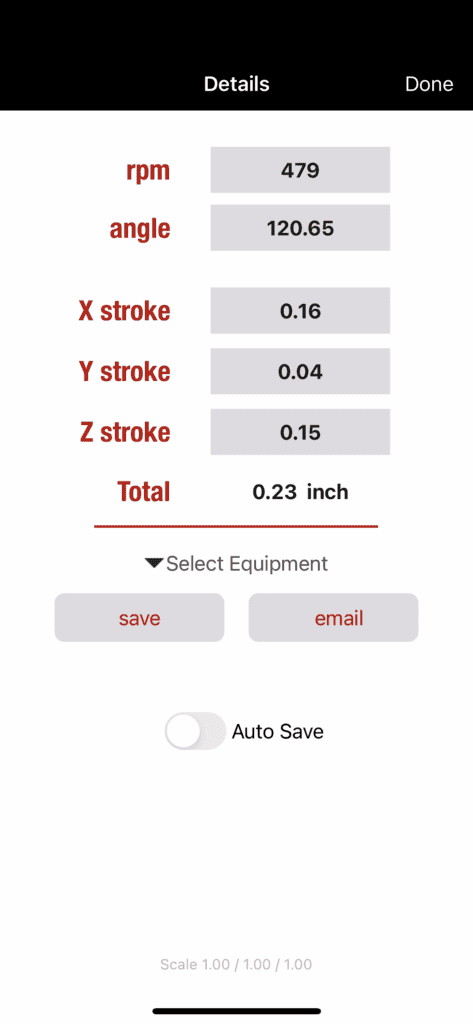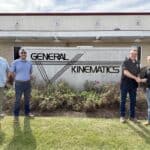Mining 4.0 Defined
Mining 4.0 derives from Industry 4.0, a term for the fourth industrial revolution. Several other industries have their own version of Industry 4.0, such as Foundry 4.0 for the foundry and metalcasting industry. For mining specifically, this revolution is characterized by the integration of modern mining technology, increased automation, and the use of data to traditional mining processes to make informed decisions about mining projects.
Mining 4.0 is important because it aims to improve efficiency, worker safety, and the implementation of new technology, such as the Industrial Internet of Things (IIoT) and Artificial Intelligence (AI). IIoT implements smart machines that can communicate with one another (such as sensors and monitors) to make managing industrial equipment easier. AI, a term many of us have likely heard lately, isn’t like the fully sentient sci-fi AI. The AI used in modern technology uses algorithms and machine learning to monitor equipment better and prepare for downtime.
Controls and Monitoring
One of the more significant advancements in mining 4.0 is collecting real-time performance and equipment data via controls and monitoring. With modern controls technology, data is collected over time and then used to catch irregularities and ensure that all your equipment is working as it should.
For example, the APEX Wireless® portable stroke monitor uses the IIoT to monitor and record the performance of vibratory equipment over extended periods of time. By tracking equipment performance over time, it’ll be easier to notice irregularities and abnormal equipment performance so you can stop problems before they lead to costly downtime. The APEX Wireless® uses Bluetooth and the internet to communicate with your phone via an app, so you can track and record stroke data for multiple machines over long periods of time.
While the APEX Wireless® doesn’t use AI, plenty of other softwares and devices utilize AI to assist in detecting equipment problems. AI can catch irregularities using algorithms and predictive analytics that a human operator may miss.
Revolutionary Technology
Mining 4.0 integrates new technology using AI and the IIoT. However, beyond those, other technological advancements, such as new equipment, all integrate with one another to increase efficiency, worker safety, and sustainability.
The STM-SCREEN™ Two-Mass Vibratory Screen uses Two-Mass technology to screen minerals. While Two-Mass has historically been used in other industries, such as the foundry industry, it is a newer technology in the mining and aggregate space. In Two-Mass, the exciter (Mass one) is attached to the body of the equipment (Mass two) by a network of reactor springs. General Kinematics’ STM-SCREEN™ retains material for approximately 26-33 seconds, whereas a typical brute force screen that retains material for approximately 6-8 seconds.
Two-Mass technology is also load-responsive, enabling the STM-SCREEN™ to respond positively to material loading. As a result, the STM-SCREEN™ can screen materials the same regardless of material load, eliminating bottlenecks.
Experience Mining 4.0 with GK
With innovative mining technology like the APEX Wireless® and the STM-SCREEN™ processing minerals has never been easier. While the mining industry has been around for centuries, Mining 4.0 concepts will continue to evolve and we’ll see more leaps in efficiency, worker safety, and data analytics. Contact General Kinematics to upgrade your mining technology and increase your mineral processing efficiency.







